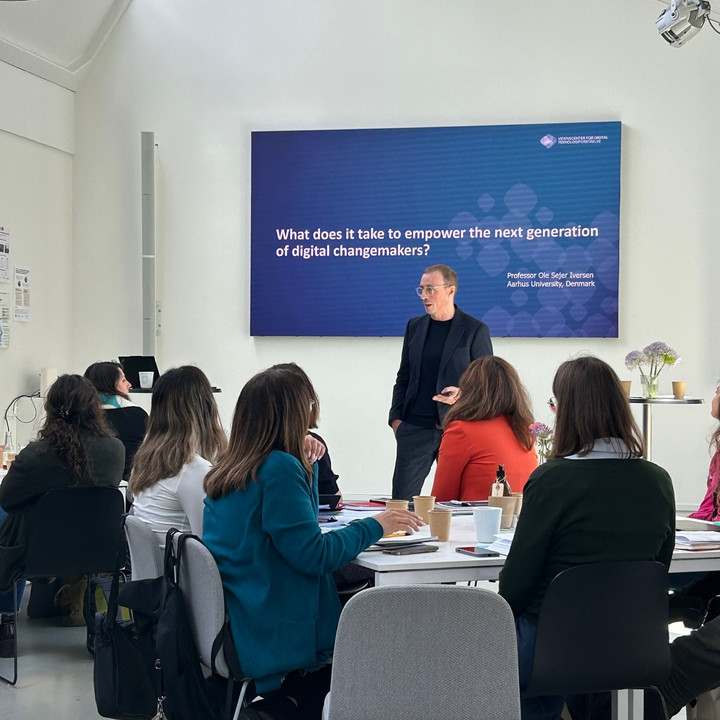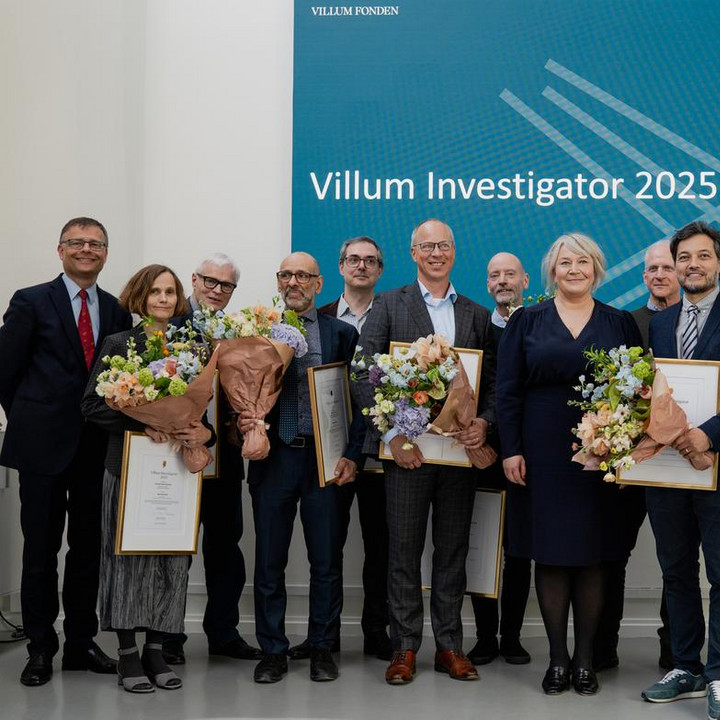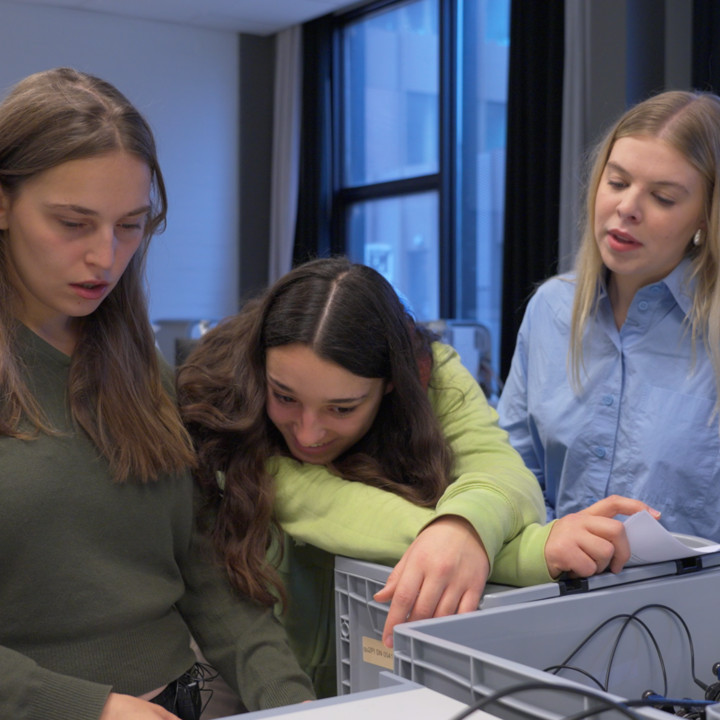New Research Project: What Drives Girls' and Boys' Interest in Science?

It is well known that far more boys than girls choose to pursue an interest in science, both in the oldest classes of primary school and further into secondary education. A new research project will now investigate how secondary school students' interest in science correlates with everything else happening in that period of their lives – their emerging identity, self-understanding, future dreams, and their role in the class's social community.
Much suggests that it is easier for boys than for girls to acknowledge that they like physics, chemistry, and biology, explains Nanna Villumsen. She is an associate professor in science education at VIA University College and the leader of the project, titled LEARN (Equal Opportunities in Science Education – From an Identity Development Perspective).
"Our thesis is that girls experience a greater social cost than boys by identifying as someone interested in science within a classroom community. In other words, many of them might be just as fascinated by science as boys, but it costs them more to say it out loud. There isn't much Danish research on this aspect of gender equality in science, so we would like to explore it further."
LEARN builds upon previous studies from members of the research group. They showed, among other things, that while boys are often motivated by an interest in science, girls place greater emphasis on what they will use the subjects for – for example, that they will apply to a specific education. And whereas boys typically can acknowledge their interest and find a place in the class community, girls often experience that their interest comes with a higher social price. As one student puts it: "It's a bit strange to come out as a girl and say that biology is your favorite subject. It's not for a boy."
Villum grant provides new opportunities
With the new grant from the Villum Foundation, researchers can now explore these themes on a larger empirical basis than before: More than 2000 secondary school students from 15 schools across Denmark are planned to participate in the study, and researchers will collect information through questionnaires for all students, observations in the classrooms, and in-depth interviews with a smaller number of students.
"There is inherent value in collecting more data because sometimes we encounter somewhat anecdotal reactions to our preliminary results: 'Isn't it just those classes you encountered that are like that?' or 'I know a girl who is super interested in science, and she doesn't care at all what people think.' And of course, those girls exist too, but they might not represent the whole picture – and we get a better grip on that picture when we have more empirical evidence," emphasizes Nanna Villumsen.
Teachers are the key
The project focuses on students' experiences but will naturally also involve the teachers who shape the framework of science education. A central aim of the project is thus to develop concrete methods and tools that, through workshops and courses, can help teachers design their teaching more 'gender-aware.' The teacher trainees at VIA University College will also be continuously presented with the results and specific didactic dilemmas encountered in the project.
"For many years, teachers have struggled to crack the code of the gender inequality we see in science – and one of the keys lies, I believe, in a common language and understanding of the dynamics at play. So we hope to use our results to reflect together with the teachers on whether they inadvertently perpetuate some norms or biases that boys and girls perceive differently – and to find new ways in teaching," concludes Nanna Villumsen.



